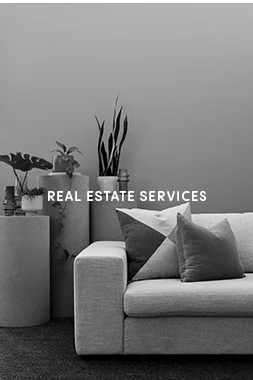Decision-Making
for Alternative Materials
Our dedicated research in exploring decision-making methods for sustainable design in residential buildings in Crete, Greece strives for something higher.
But as new sustainable and energy-saving materials and manufacturing methods have proliferated, this decision has become more complex than ever.


The Decision is in the Details
Selection of the right material or materials for any construction or renovation project has increased in complexity over time as new materials and manufacturing methods become available, and new energy-efficient and eco-friendly materials can help constructors do more in a shorter amount of time and meet additional clients' needs.
According to recent research, there are an estimated over 100,000 possible materials for a designer to select from, and this number is exponentially growing every year. Engineers and designers are then required to assess these materials based on a broad range of information, such as:
• Strength of the material
• Heat features
• Optical properties
• Recyclability
• Manufacturing methods available
• Corrosion properties
• Industry standards
• Form
• Potential suppliers
• Source location
Decision-Making for Alternative Materials
Experts in Our Field
Our research evaluates the ability of Critical Thinking Decision-Making (CTDM) methods to help architectural and design teams identify and select a sustainable alternative during residential building design.
Decision-Making Process in Residential Building Design
The decision-making process in residential building design is considered as a multi decision making context, in which many internal stakeholders and professionals are involved (owner, architect, structural, mechanical, electrical, etc. ). Hundreds of decisions are made in different phases of the due-diligence and design process with different levels of involvement and interactions.
Our decision-making in residential building design can be categorized into six main stages:
(1) Property owner’s needs & goals identification: The design team needs to identify the purpose of the decision.
(2) Specify & set design goals: The design team needs to transfer the client needs into design goals to facilitate decision-making.
(3) Identify or suggest alternatives: The design team needs to identify or suggest alternatives aligned with the design goals.
4) Data Collection: The design team needs to collect relevant and reliable data in order to realize the characteristics and features of the alternatives. This data can be quantitative (e.g., technical or environmental performance) or qualitative (e.g., durability, life-span, quality).
(5) Choose an alternative material: The design team needs to understand the main differences between alternative materials, the risks and uncertainties associated with them, and choose the best one according to the design specifications, budget and availability.
(6) Reconsider: The design team needs to assess if the alternative materials meets the goals and objectives of the design, and their context/interface with other design parameters.

Decision-Making for Alternative Materials
The Design Requirements
Here is a list of the materials requirements we consider and assess when selecting a material for a project or function:
- Performance requirements
- Reliability requirements
- Size, shape, and mass requirements
- Cost requirements
- Energy-Saving requirements
- Industry standards
- Government and EU regulations
- Sustainability requirements
- Handling and storage requirements
- Nature of project requirements
- After-sales support and service requirements
Decision-Making for Alternative Materials
Experts in Our Field
Years of experience allow us to understand the best materials for a construction project or function. Often, the material required is not a standard one and sometimes it is necessary to combine different materials and methods of construction to achieve a fully functional result.
We draw on the expertise and knowledge from our engineering and architectural team and partners to assess what’s needed and deliver exceptional solutions.
When we meet with a new client, chances are we have already worked with similar material. Our involvement in sustainable projects and net-zero property development, allow us to pick the best material and facilitate the decision-making of our clients.
What do we look for in choosing materials for our projects?
Function – what we need this material to do
Durability – the selected material should stand the test of time
Aesthetics – the fine balance between appearance, durability, energy-saving and cost
Cost – the balance between high-quality materials and keeping costs at an appropriate level
Operation & Maintenance – the balance between predictive maintenance and operational continuity
Locally Produced & Availability
Construction/Installation
Health and safety during construction/installation
Some materials such as cement products and chemicals release VOCs, dust, and other airborne pollutants that may be harmful to people during installation or application.
Ease of construction/installation
We select materials and systems for ease of construction and installation. Complicated installations with close tolerances can result in greater wastage or even rework being required.
Adaptability
The design of any building and the selection of the materials should consider the future use or reuse of the building and use materials that facilitate adaptation or future replacement. The more adaptable a material, the less waste will result from changing needs or tastes.
Performance
Health and safety during the life of the building
Some materials generate emissions or chemical releases that can be harmful to the health of building occupants.
Structural capability
Materials must be selected or designed for their ability to support the loads imposed by the building over the whole life of the building. An appropriate structural system and correct selection of structural materials can reduce excess material use and waste and increase the building’s adaptability for other uses.
Durability and maintenance
The Building Code sets minimum required levels of durability for different building elements, and this will be a primary driver for materials selection. Beyond this, durability and maintenance requirements should be considered together across the expected service life of the building.
Some materials that do not appear to offer high levels of durability may actually perform well over many decades with the right maintenance. Timber weatherboards are a good example – where painted every 8–10 years, they can perform well for 60 years or more.
Materials that require little maintenance are not necessarily a better choice from an environmental point of view, particularly if their manufacture involves the release of large quantities of greenhouse gases.
Features
Moisture resistance
Selected materials must be protected from moisture. Some materials have a natural moisture resistance while others must be fully protected from moisture.
Material deterioration/decay
Some materials deteriorate rapidly, particularly in a moist environment or if they are continuously wet, generally due to the growth of molds or fungi, or corrosion of some materials, so it is essential that the materials selected have the durability required for their area of use.
Thermal performance
Building design and material selection must contribute to good thermal performance and reduced energy demand by including insulation and thermal mass in the building.
Sound insulation
Building design and material selection must contribute to the sound insulation of the building, both from exterior noise and sound transmission within the building.
Fire performance
Building design and material selection must be in accordance with the requirements of the latest Greek and EU Building Codes and Fire Protection regulations. Materials must be selected for ignitability, surface spread of flame, fire loading, fire resistance, and stability.

A Better Way to Build your Vision for ...
Residential Investments
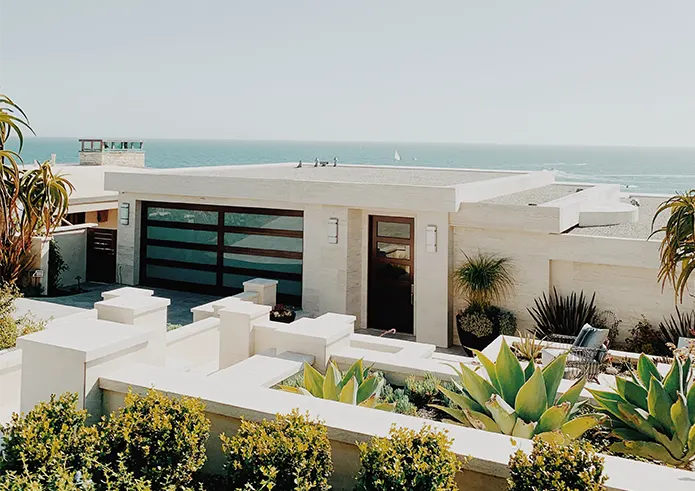
Hospitality Investments
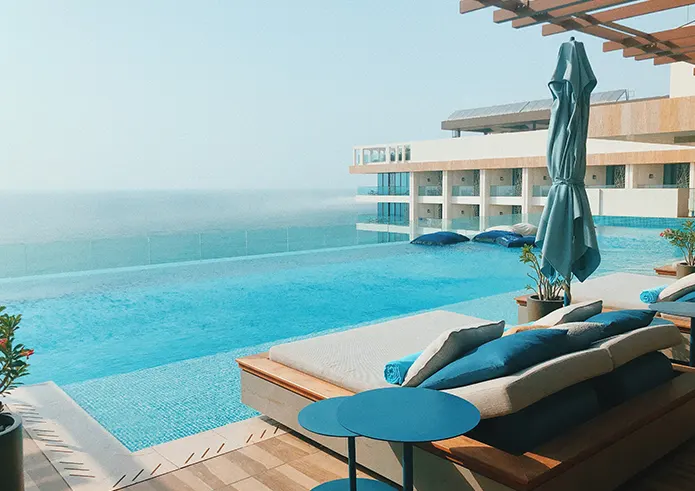
Retail & Mixed Use Investments
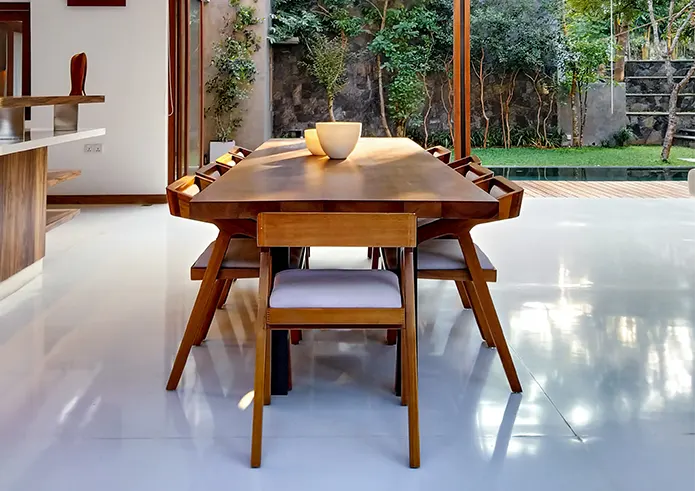
Industrial Investments
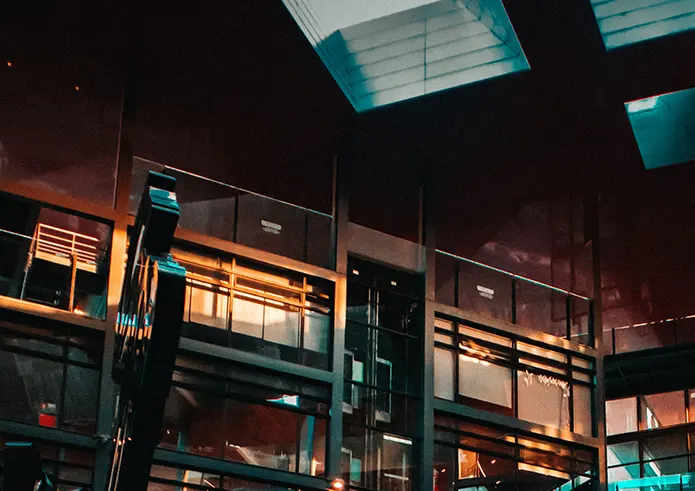
Relentlessly Focusing on Design & Construction Excellence.

We're committed to creating spaces that matter.
transformation. sustainability. total architecture. technology. earth materials. knowledge sharing. creativity. innovation.

ARENCOS PHILOSOPHY
How we Think
At ARENCOS we view architectural design and construction engineering as a holistic process of exploration and discovery fueled by limitless thinking.
ARENCOS
Values Commitment
While our business continuously evolves, our core values are remaining constant. They define our way of working and are at the heart of everything we do in the field of architectural and engineering immersive experiences.
creativity/ innovation/ transparency
Digital Ecosystem
Our Businesses
We innovate on a continual basis, following trends and customer needs in the sectors in which we operate. We deliver essential innovations across our businesses— Construction & Civil Engineering, Real Estate, and Property Management.

